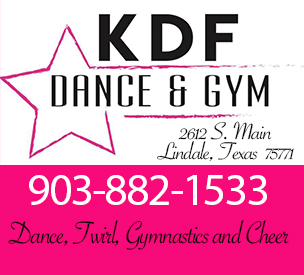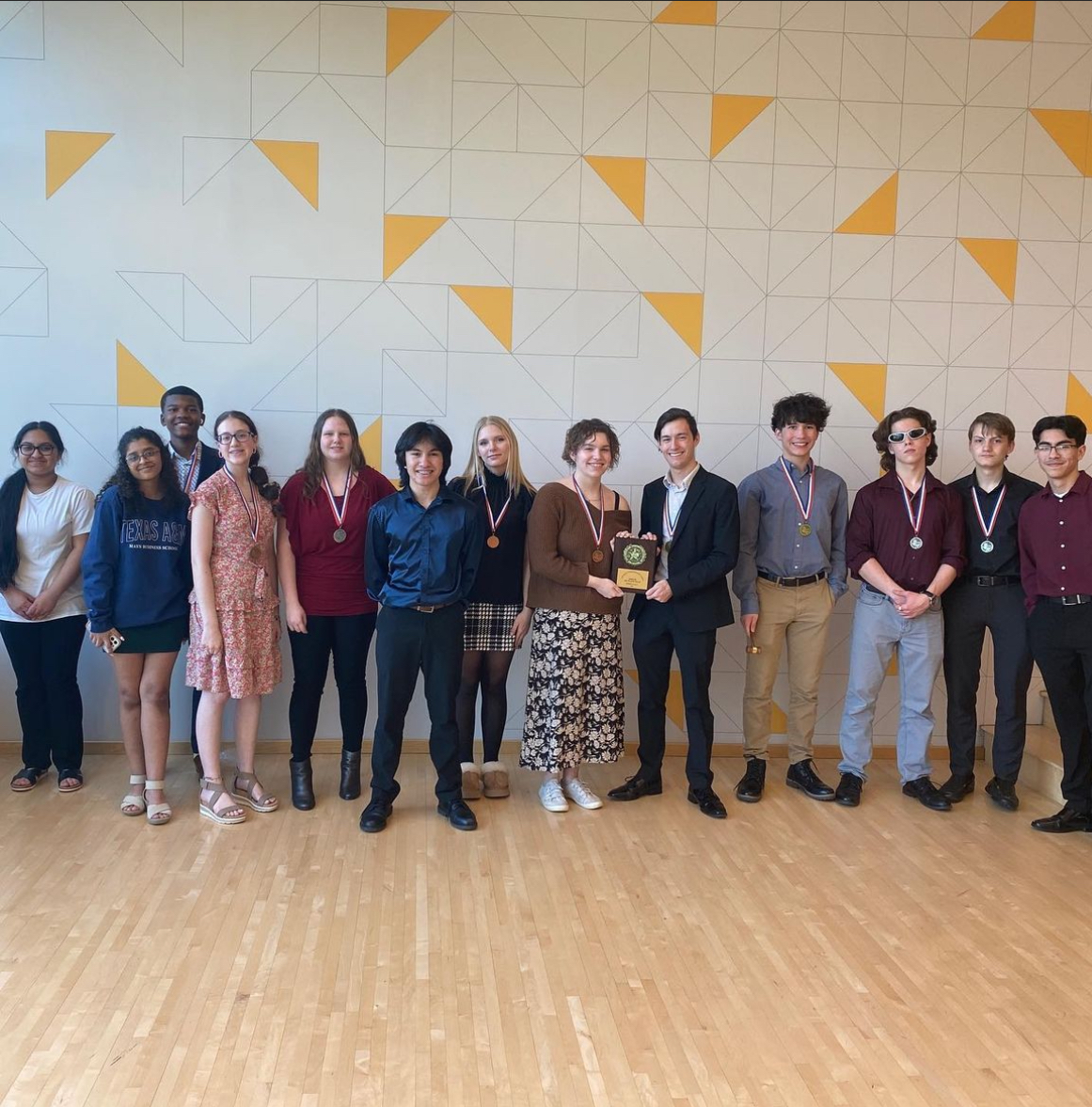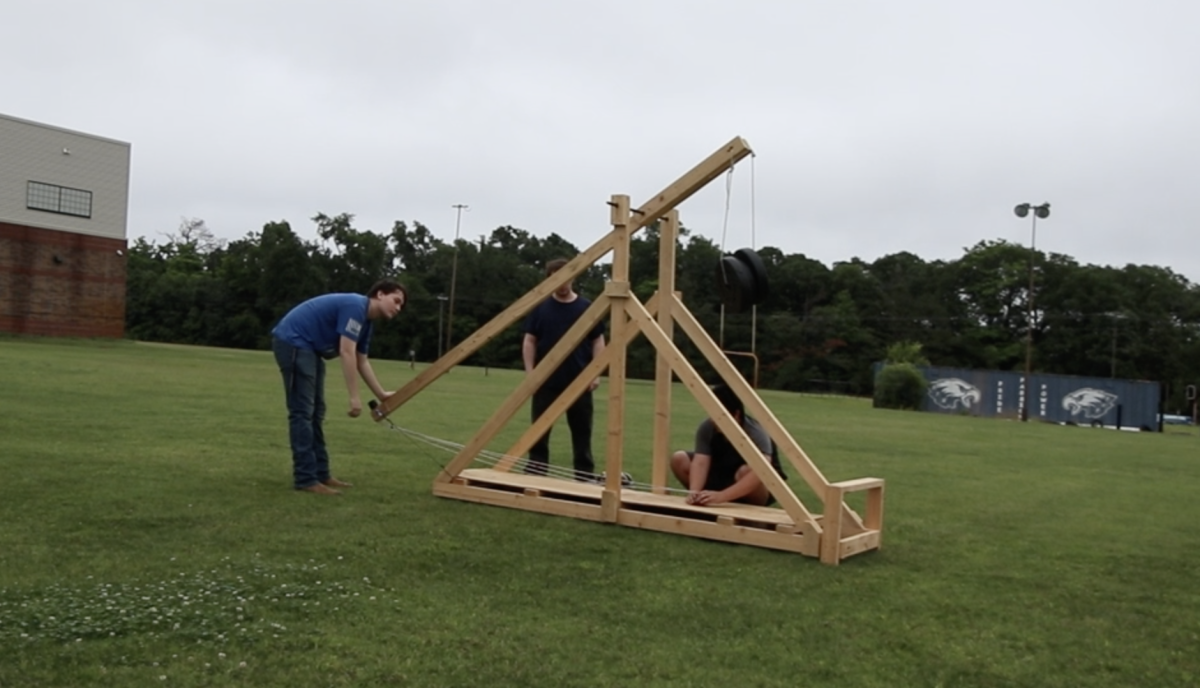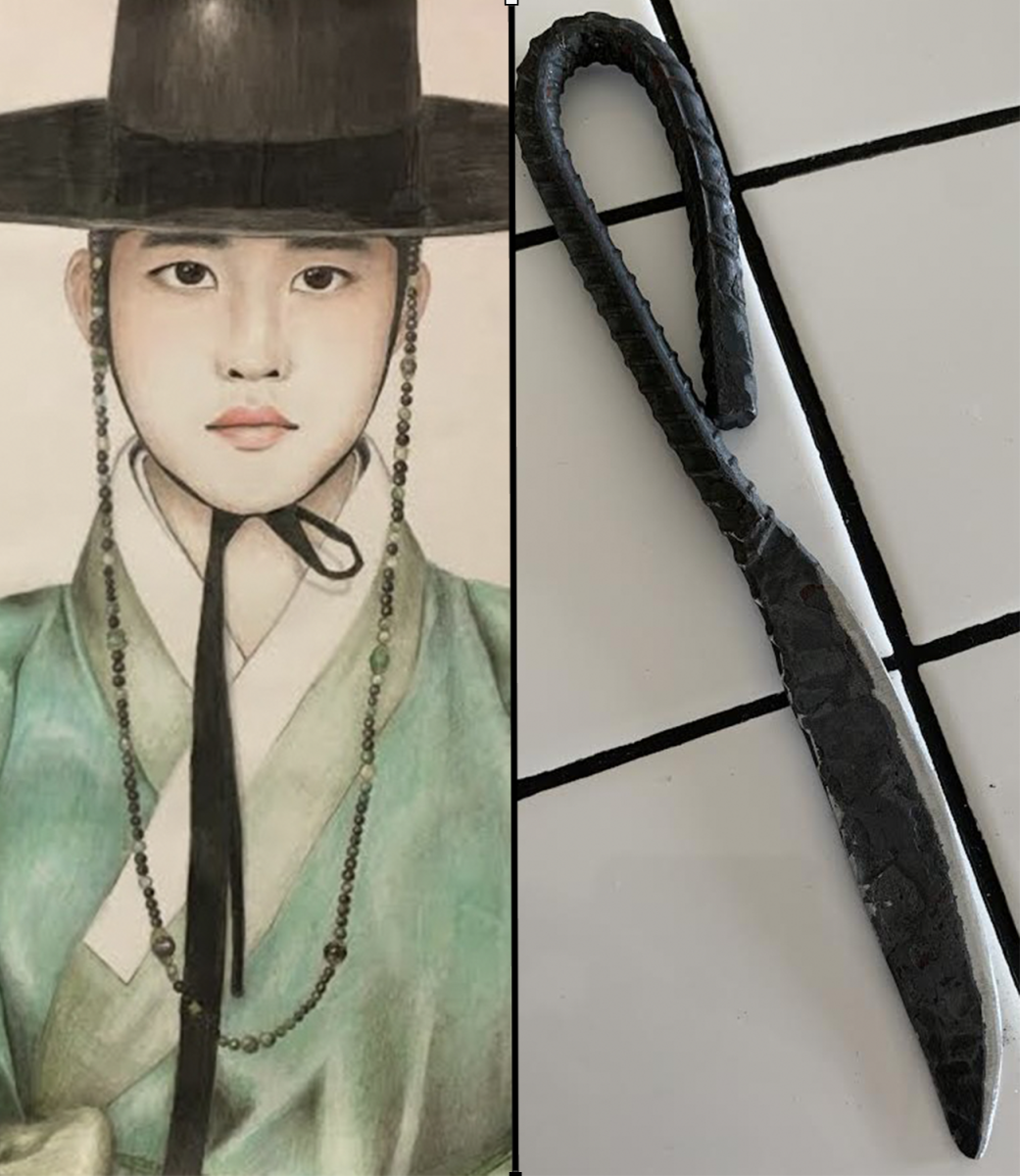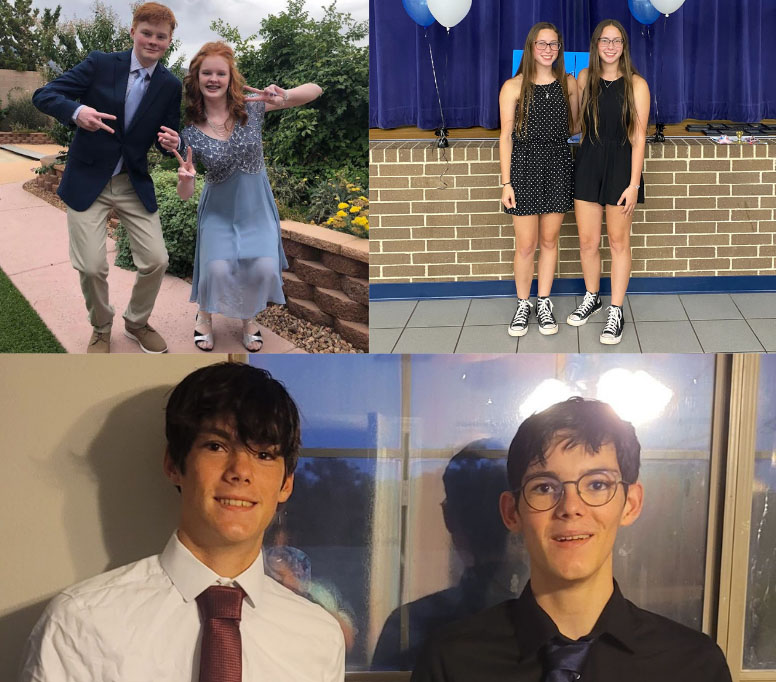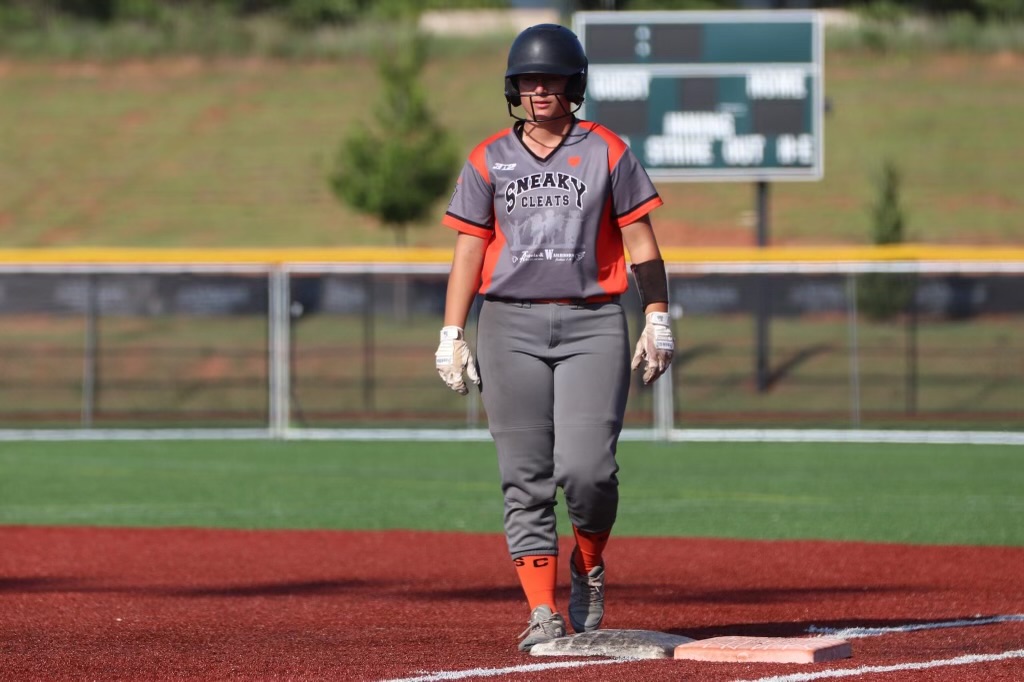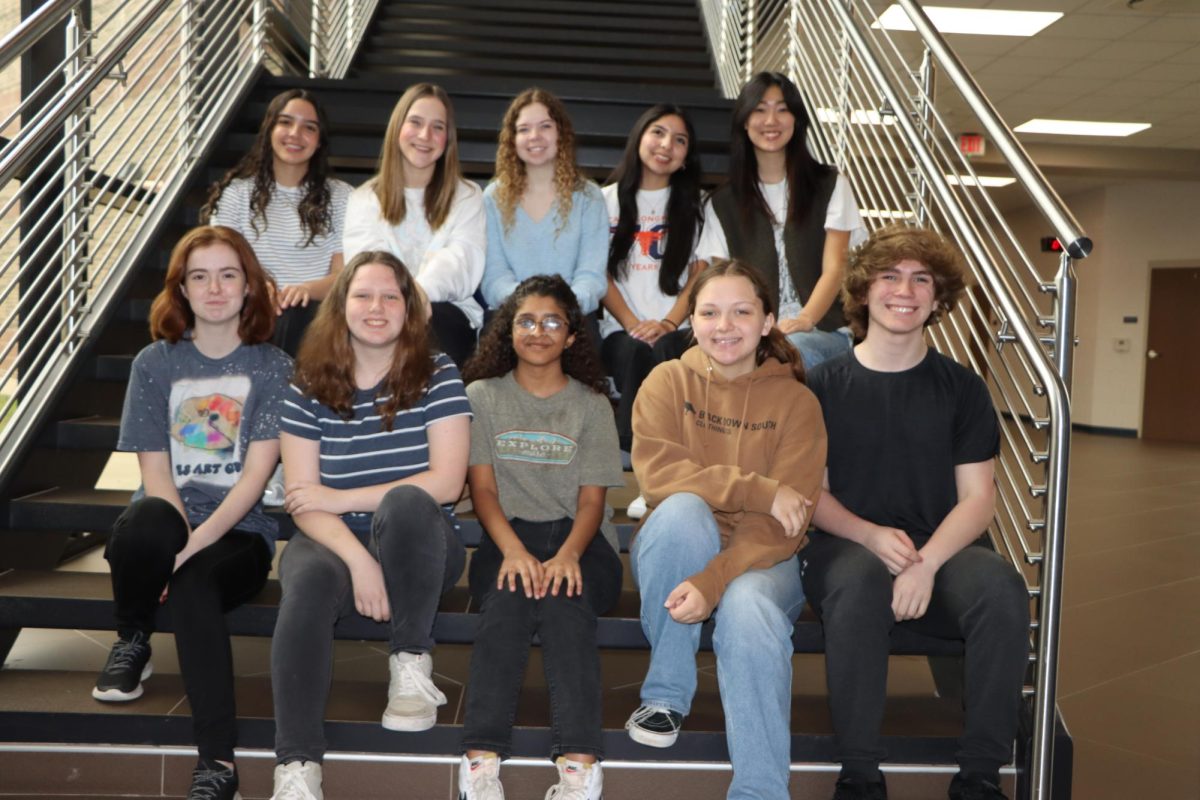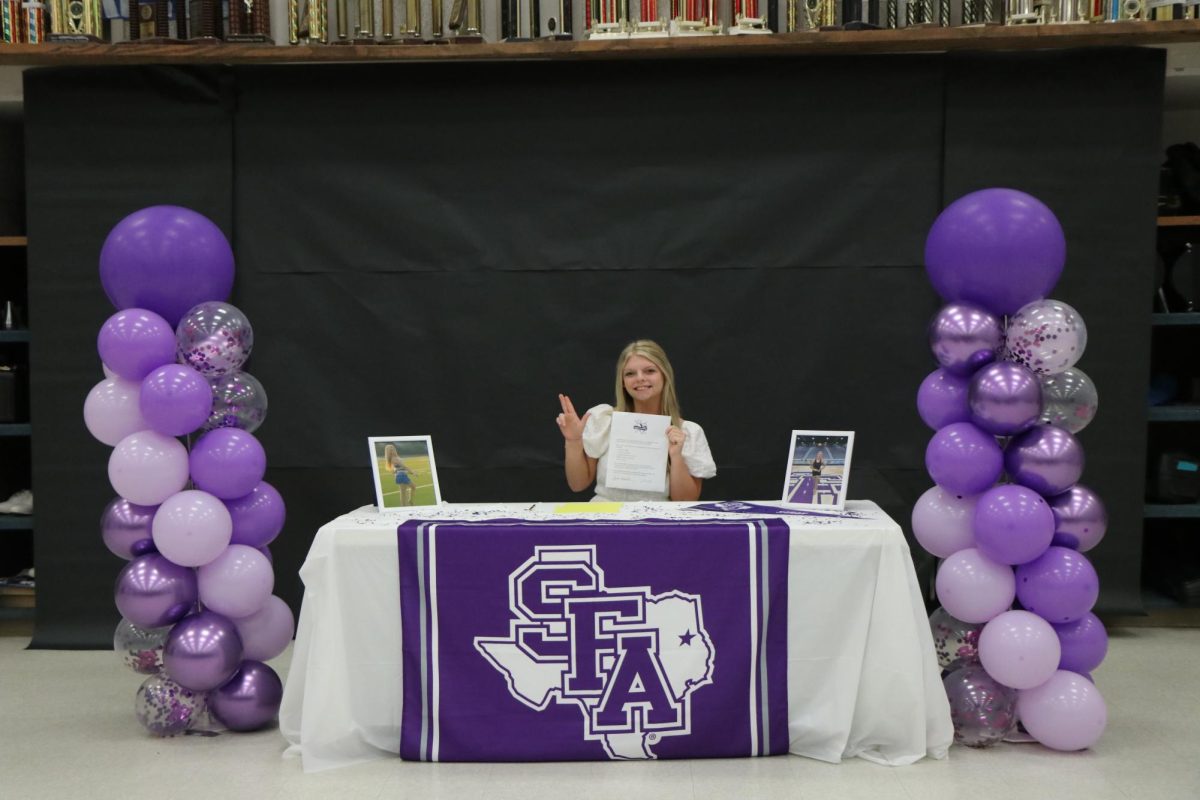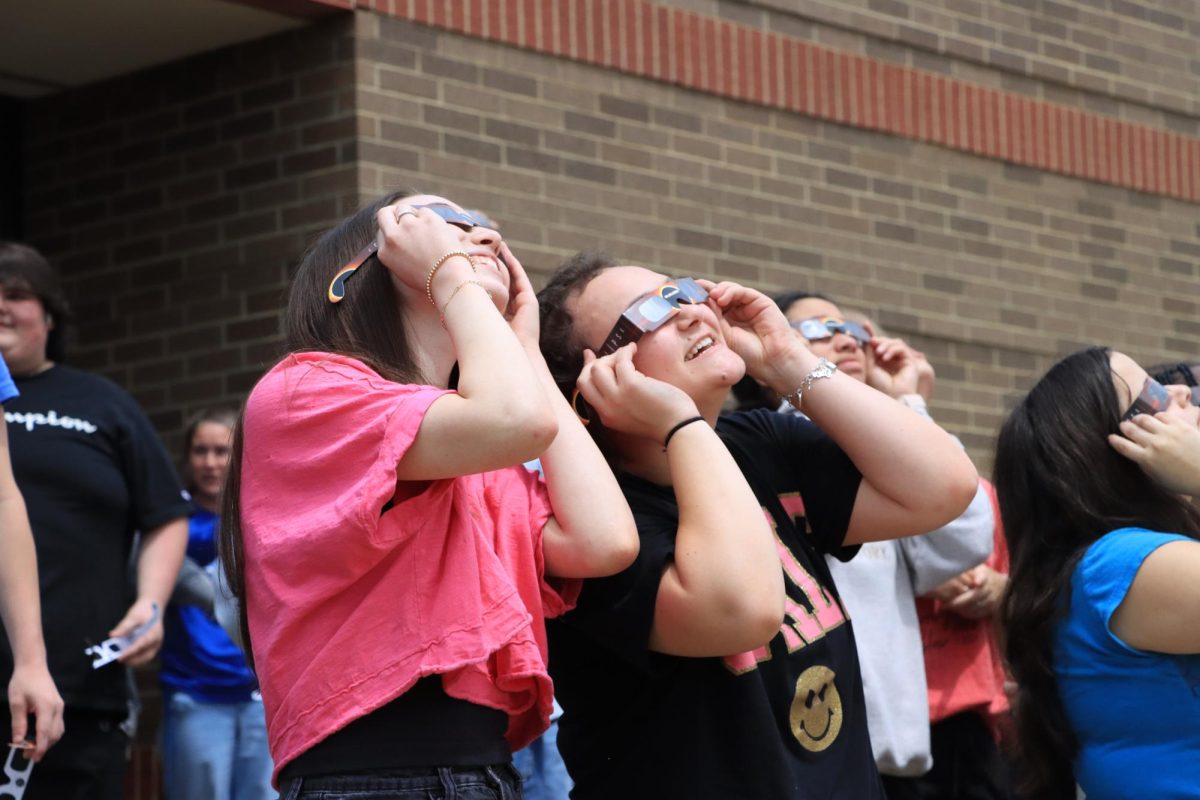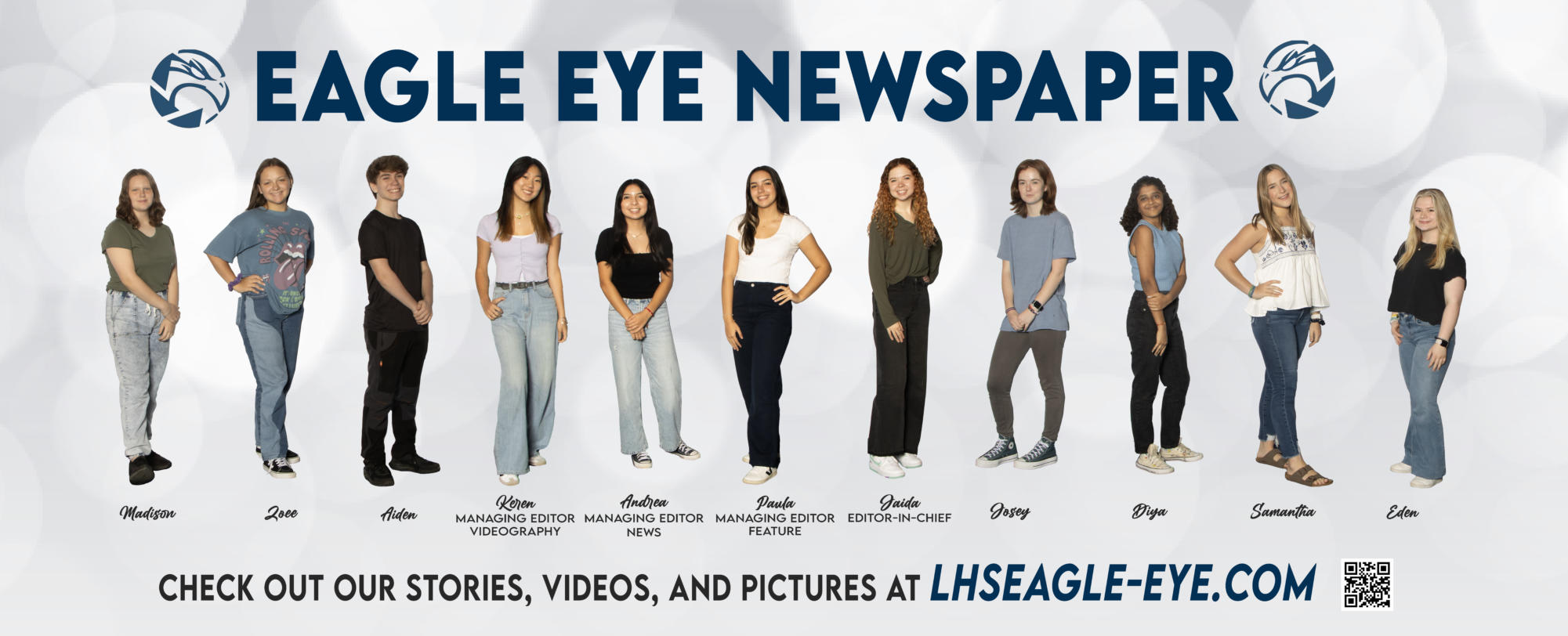“Did you see what she just posted? I can’t believe she thought that dress would look cute on her, especially with that body,” she said. Pulling out her phone, she finds the post again, screenshots it, and posts it to a secret account captioned “fatty felt cute, should delete immediately”.
A modern trend has recently emerged where students have created anonymous Instagram accounts that are used to shame other students for the way they behave, look, the things they like, or to spread rumors about them. The problem has even stemmed to sexual harassment and accounts dedicated to faculty and staff in schools.
A Pew Research Center study found that 72% of teens use Instagram, and in a LHS survey, 59% of teens responded that they have been bullied online. According to Ditch the Label, more than one in five 12-to-20-year-olds experience bullying specifically on the app. In our own poll of 100 students, 31% responded that Instagram was their favorite form of social media.
Instagram allows users to create new, anonymous accounts which can be used for any purpose, whether it be a “finsta” (fake Instagram meant for only close friends to follow), a page dedicated to a hobby, or accounts made to bully and harass people.
“A lot of them aren’t making fun of people– they are consensual submissions, and the owner of the accounts make it known that they can take it down if asked,” sophomore Lili Miller said. “However, nonconsensual pages that are done without asking or allowing for discussion are ridiculous and extremely harmful.”
While many accounts are made as a joke that leads to hurting others, some people choose to create accounts to spread positivity about students in the school. Ultimately it is up to the user which accounts they support for their content.
“There were many accounts I saw that made fun of students, but there are some that can help students,” sophomore Carmen Lowe said. “I know there is a positivity page that boosts people’s self esteem. I don’t support the ones that make fun of others; I support the ones that help students feel more comfortable and confident.”
One common type of harmful account cropping up is a gossip column, confessions-style profile. Students message the owner about another student and the owner picks posts from the gossip they received. These messages are typically vulgar and defamatory toward another person’s character.
Students may also create accounts that may seem harmless, but have the ability to lead to or grow insecurity among their peers. For example, a profile made to post pictures of students eating may lead someone to experience disordered eating to avoid being on it. Or, a simple meme account can turn into a bullying account through the use of simple Photoshop or online photo editing programs.
The most dangerous of these accounts are ones that point out a student or faculty member’s body. A few accounts have posted cheerleaders for wearing their skirts “too short” or have been dedicated to posting pictures of teachers without their consent because of how they look, both of which could be deemed sexual harassment.
“[A teacher’s] fan page was completely disrespectful,” Miller said. “It did not take into account [their] personal feelings, and more importantly, [they] didn’t know about it. [They] could not take it down. Pages like that are disgusting and should not exist.”
Most of these accounts are made with the intention of being funny. Gen Z is a generation focused on the likes, laughs, and popularity. People in this generation also face a lot of insecurity, and a common coping mechanism for insecurity requires bringing others down. In fact, 30% of respondents believed that the Instagram accounts were funny and without malicious intent.
“I personally absolutely despise it,” junior Allena Roberts said. “ As someone who was called horrible names on Instagram just because of my hair color, it stinks. The people that are doing that are unjustified. They are just doing it because they think it will make them feel better about themselves. It’s horrible that people think it’s funny when it’s hurting so many people.”
Many of these profiles have the school’s name or initials in the account’s name, which involves the school in the situation. This means that the school can get involved if they see fit.
Bullying does not only take place within accounts like these. It can happen in direct messages and comments on their personal page.
The Code of Conduct clearly states that students are expected to treat each other with respect and courtesy, and prohibited from bullying their peers. Students who participate in bullying and disrespect others, including faculty and staff members, will be subject to disciplinary action. The school has jurisdiction over the situation, regardless of time or location, for any school-related misconduct or retaliation against a school employee.
Students are also held to a Parent-Student Agreement in the Bring Your Own Device Program which prohibits them from using any devices to record, transmit or post photos or videos of a person without their consenting knowledge. It also states that any image, video or audio recording at school may not be posted or transmitted at any time without the permission of a district faculty member. Any violations may lead the student to lose the privilege to use their own technology in school, and/or disciplinary and legal action.







